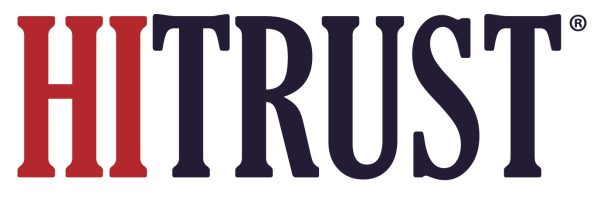In cases where on-site testing will not be performed, the External Assessor should engage with their Assessed Entity to:
- Develop and agree upon possible alternate assessment procedures for instances where an on-site observation is normally performed.
- Ensure that the Assessed Entity understands it is vital that the External Assessor has sufficient, appropriate evidence to support validation of management’s implementation of the HITRUST CSF. Where an External Assessor is unable to obtain such evidence, they will be unable to agree with “Fully Compliant” scoring.
In situations where Assessors leverage alternative validation procedures other than on-site testing, assessment documentation must clearly reflect the nature, timing, and extent of the alternative procedures employed.
When performing a HITRUST assessment, the External Assessor must ensure that all validation procedures it performs provide the necessary level of assurance over the Assessed Entity’s implementation of the HITRUST CSF. Even when alternate test procedures are employed and a validated assessment is performed remotely, External Assessors must take all necessary steps to ensure that the rely-ability and integrity of the assessment process is maintained.
HITRUST has identified the following requirement statements for which the Implemented PRISMA level is typically validated via on-site observation. For each requirement statement, HITRUST has volunteered possible alternate procedures to validate implementation in lieu of on-site observations. The underlying theme throughout these suggested alternate test procedures is to consider less traditional supporting artifacts—such as maintenance records, installation documentation, facility diagrams, etc.—which collectively evidence both the installation and ongoing operation of the associated requirement statements.
| HITRUST CSF Requirement Statement | Possible Alternate Implementation Validation Procedures |
| 1815.08d2Organizational.123: Fire prevention and suppression mechanisms, including workforce training, are provided. | Inspect documentation reflecting the existence of and placement location of fire suppression equipment, potentially including:
|
| 0503.09m1Organizational.6: Wireless access points are placed in secure locations. | Inspect documentation reflecting the secure placement / location of wireless access points, potentially including:
|
| 1114.01h1Organizational.123: Covered or critical business information is not left unattended or available for unauthorized individuals to access, including on desks, printers, copiers, fax machines, and computer monitors. | Inspect documentation generated by management using procedures performed by management to monitor for consistent observance and enforcement of clean desk, clean screen, and clean printer requirements, potentially including:
|
| 1192.01l1Organizational.1: Access to network equipment is physically protected. | Inspect documentation evidencing the location of on-premises networking equipment and the physical protections in place for these locations, potentially including:
|
| 1801.08b1Organizational.124: Visitor and third-party support access is recorded and supervised unless previously approved. | Inspect documentation evidencing the protections observed for site visitations, potentially including:
|
| 1802.08b1Organizational.3: Areas where sensitive information (e.g., covered information, payment card data) is stored or processed are controlled and restricted to authorized individuals only. | Inspect documentation evidencing the physical protections in place for areas where sensitive information is stored or processed, potentially including:
|
| 1845.08b1Organizational.7: For facilities where the information system resides, the organization enforces physical access authorizations at defined entry/exit points to the facility where the information system resides, maintains physical access audit logs, and provides security safeguards that the organization determines necessary for areas officially designated as publicly accessible. | Inspect documentation evidencing the physical protections in place for areas where information systems reside, potentially including:
|
| 1814.08d1Organizational.12: Fire extinguishers and detectors are installed according to applicable laws and regulations. | Inspect documentation reflecting the existence of and placement location of fire detection and suppression equipment, potentially including:
|
| 18127.08l1Organizational.3: Surplus equipment is stored securely while not in use and disposed of or sanitized when no longer required. | Inspect documentation evidencing the physical protections in place for areas where surplus equipment is stored while not in use, potentially including:
|
| 1817.08d3Organizational.12: Water detection mechanisms are in place with master shutoff or isolation valves accessible, working and known. | Inspect documentation reflecting the existence and placement location of water detection and control mechanisms potentially including:
|


